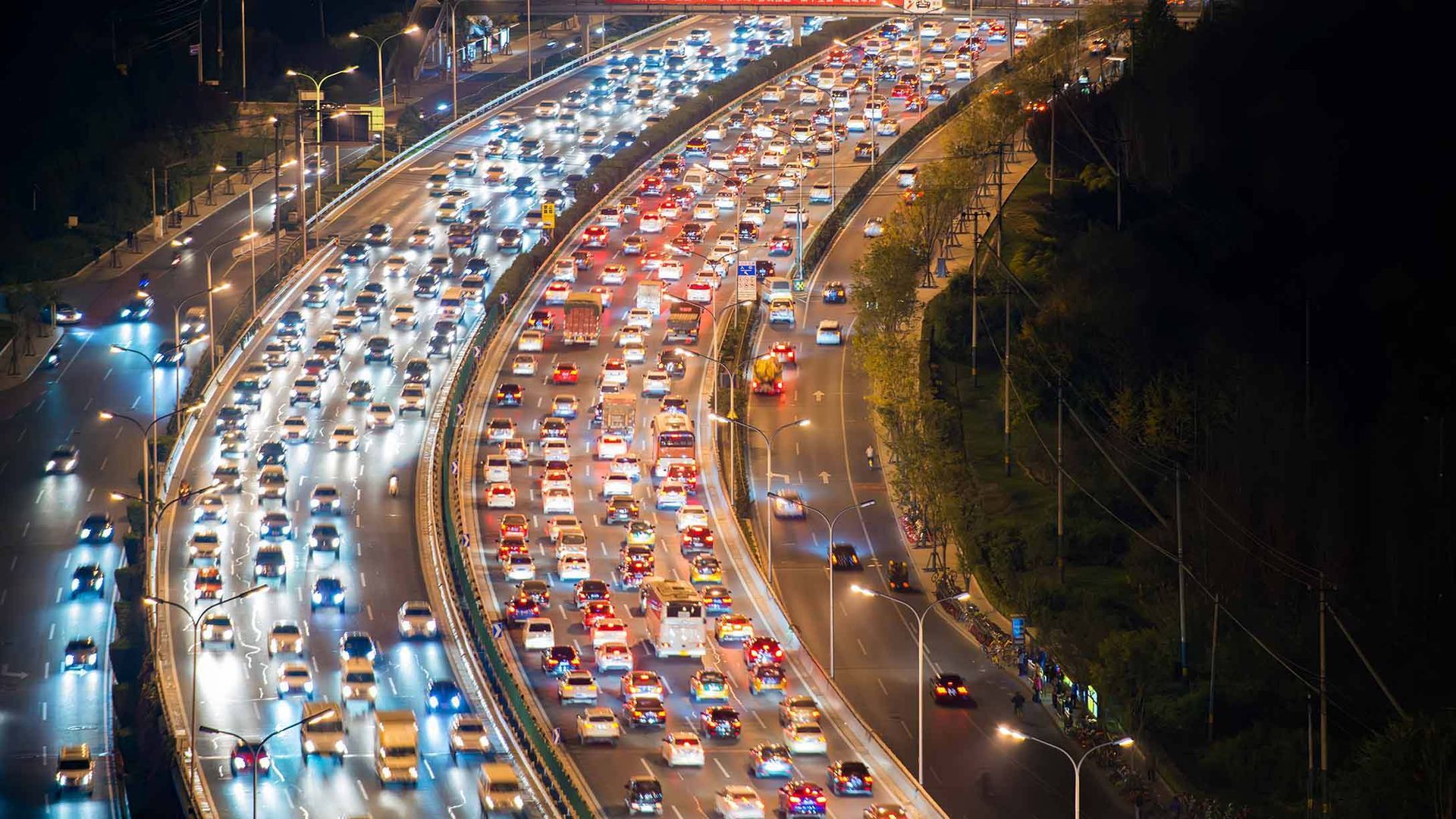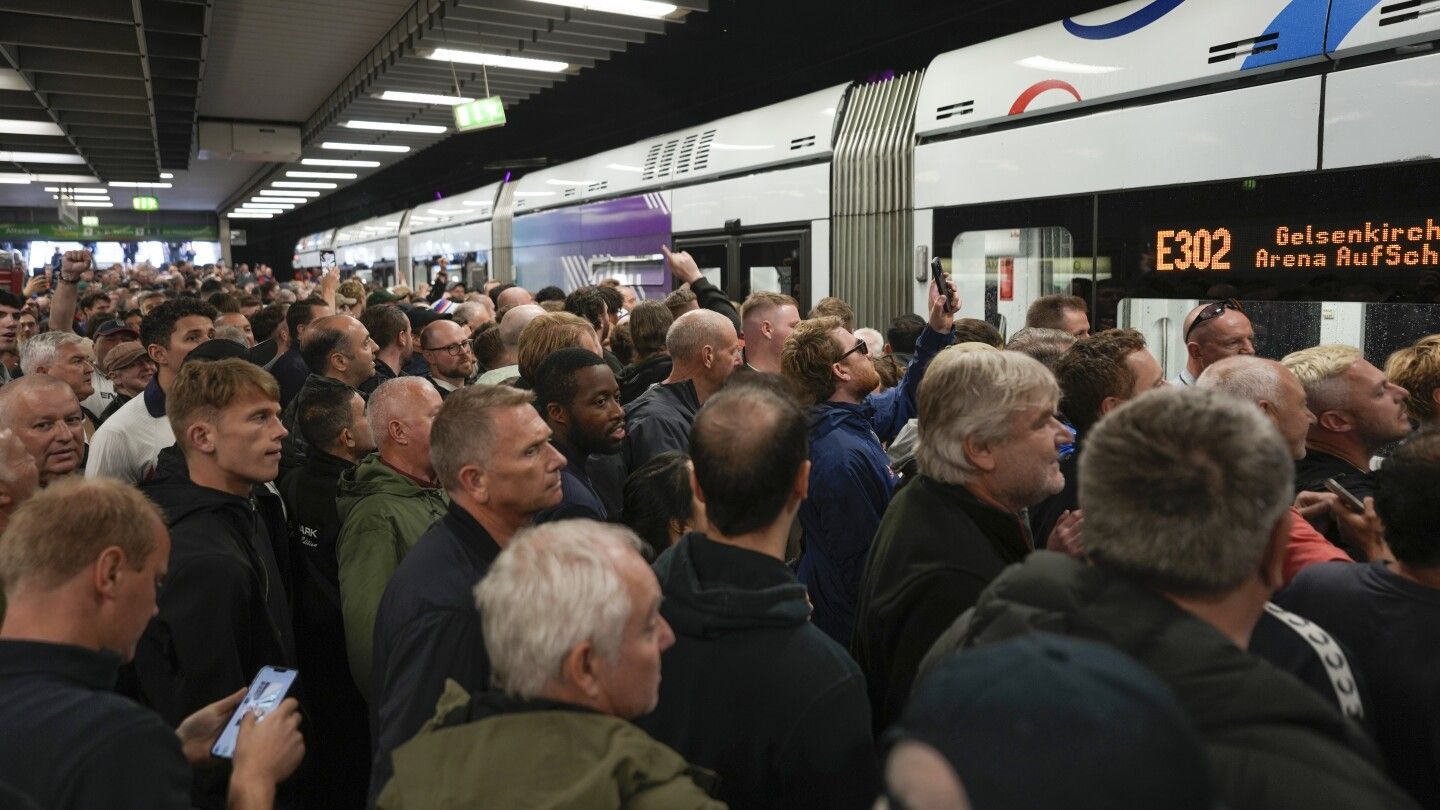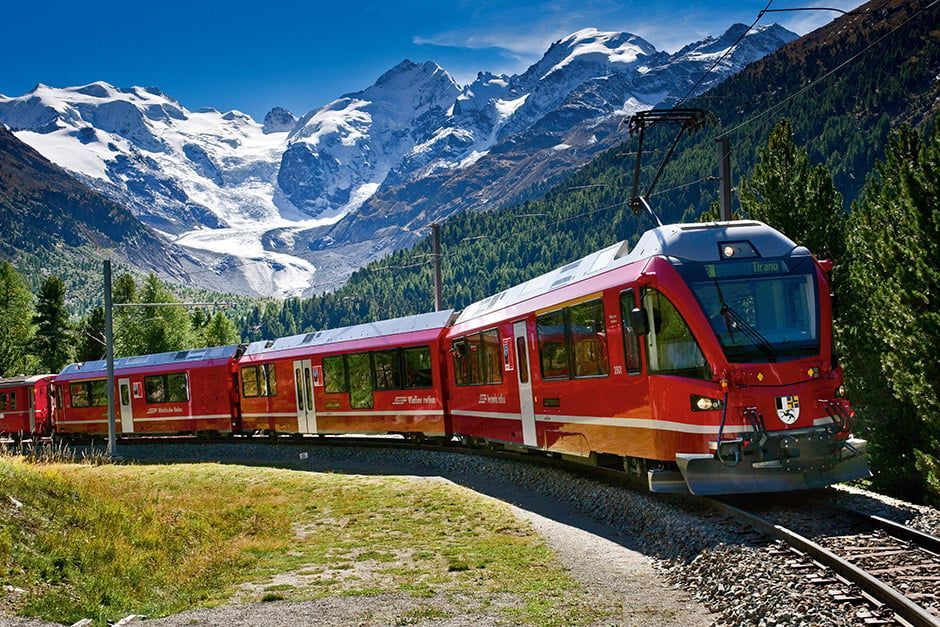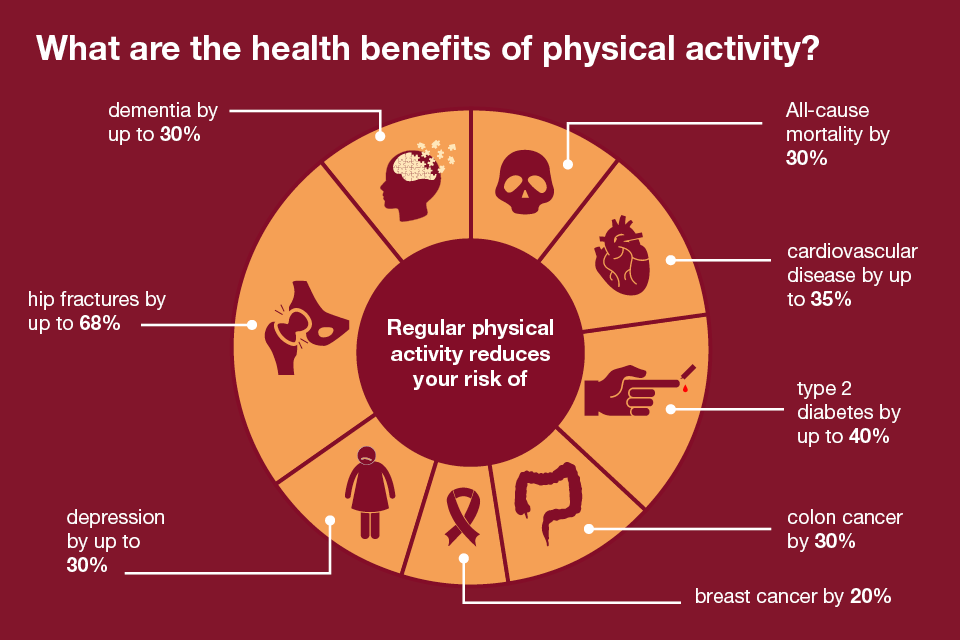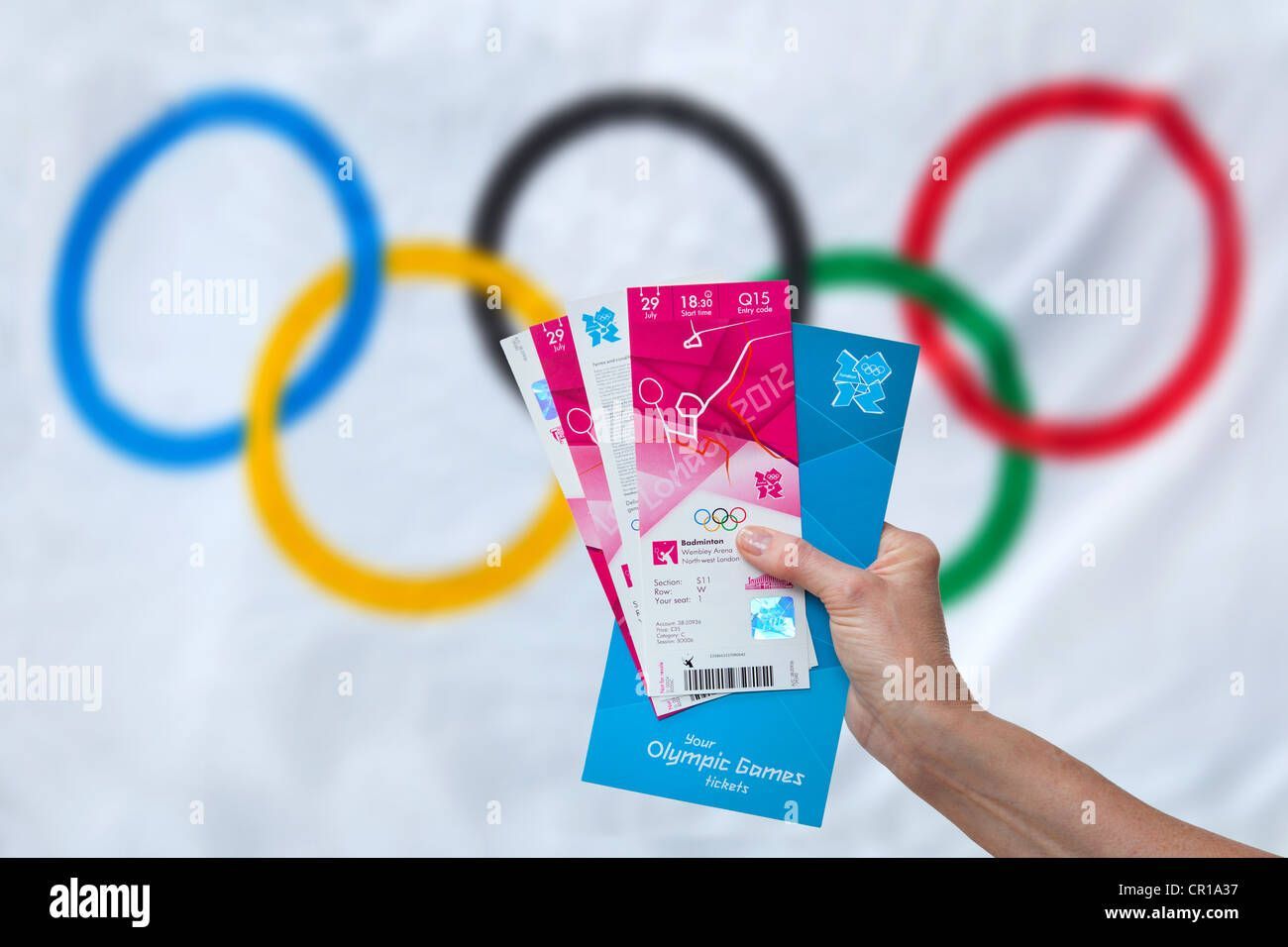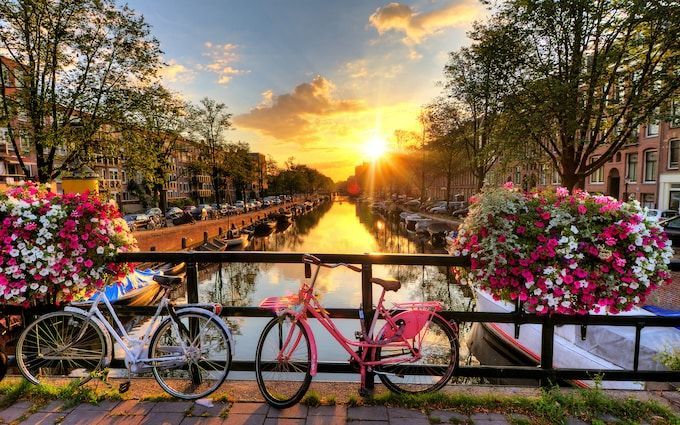Leadership and advocacy: What does it mean for sustainable spectator and audience travel?

At last week’s excellent Welsh Sports Association (WSA) Sustainability Conference the subject of fan and audience travel raised its head.
Another recurring theme during the day was the notion of ‘fear’ among sustainability advocates in the room saying they were sometimes wary about pushing too far or too hard. The issue of advocacy and the role of ambassadors was also raised in my mind by the presence of two elite athletes at the event (one a current and one former) and finally there was an observation about how you get the balance right between focusing resources and effort on the immediate (e.g. just getting people to and from the next match safely) and the longer term effort on shifting the dial on environmental impact of travel.
It got me thinking……exactly how important is leadership and advocacy in pushing the boundaries on this crucial topic. Important not just in the context of sustainability – as the single biggest emissions contributor of an event – but also in relation to spectator / audience event experience, associated commercial opportunity as well as practical operational benefit.
The time is now
With horrendous images of flooding becoming increasingly common often leading to many fields of play being lost to rising water levels the impacts of climate change are increasingly obvious. The sports/arts/culture and live entertainment sector can become part of the solution as the impacts of audience travel are becoming too significant to ignore - c80% of the sectors carbon footprint is attributed to Scope 3 travel (spectators and audience generated). Events and venues are at a unique crossroads, where audience travel can no longer be seen as just another logistical concern. It’s position as an essential part of both sustainability and business strategies is overwhelming. With c75% of the spectator audience now wanting to associate with events and venues with strong sustainability creds the link between reputation (in this space) and ticket revenue is becoming clearer.
The commercial case is becoming clearer too for better managing travel. Recent reports from a large football club in Europe that fans were missing the start of matches due to delays and congestion on local transport convert into lost revenue in the stadium, a poor experience for the fans and, one imagines, many fans not buying season tickets for fear of missing the action.
Seeing travel as an essential part of the overall spectator/audience experience is key but embedding sustainable travel into venue and event planning isn’t just about reducing carbon emissions. It’s about improving the overall experience for attendees: less congestion, better accessibility, and safer journeys. Venues and events that lead the way in sustainable travel also enhance their reputation, demonstrating forward-thinking leadership and social responsibility.
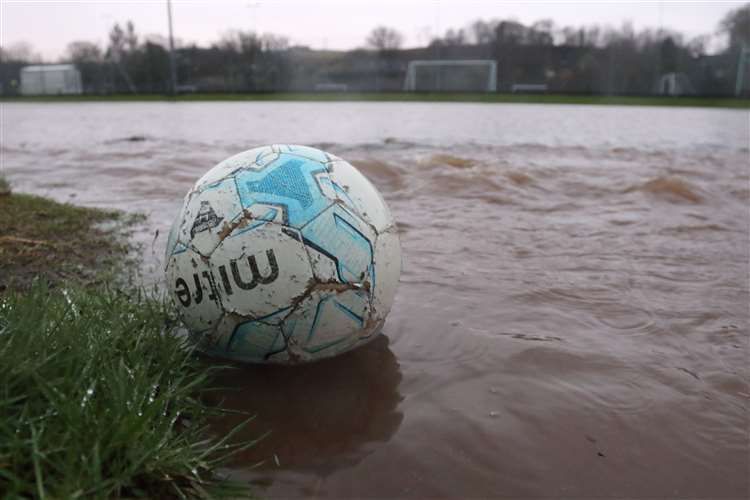
Organisational leadership as the key driver
At the heart of sustainable travel adoption is organisational leadership. Representative bodes (such as international and national governing bodies in sport or those that represent art/culture/festival sector) along with individual venue or event managers have a real opportunity to set the standard for how their audiences travel by making sustainable travel a priority from the top down. Leadership isn’t just about compliance or token gestures — it’s about actively building sustainable travel into the DNA of every event and venue and, where necessary providing the bandwidth, training, support or access to expertise to make it happen.
That said, when posed the question about ‘who should take charge’ of spectator and audience travel, few sports/arts/culture leaders put their hands up. However, when asked ‘who should take charge’ of spectator and audience experience the hands go up. Putting this issue to bed – getting to and from the venue and event is as much part of the spectator and audience experience as the entertainment itself (or done badly it can certainly take the shine off the latter). Even better if it can be done sustainably.
When representative bodies and senior leaders embrace sustainable travel for audiences, the ripple effect throughout organisations is palpable. The organisation becomes more motivated, planning is more cohesive, and the message to the audience is clear: reducing the environmental impact of travel is a critical part of the event experience. This approach positions organisations as industry leaders in both sustainability and operational excellence.
At the one end of the Governance hierarchy this leadership could come in the form of ensuring that there is clear and consistent guidance (perhaps in the form of a ‘how to’ toolkit) on how to ‘fix’ audience and spectator travel sustainably at the other end of the spectrum this leadership could come in identifying a single focal point to lead on the subject with the right training and support around them. Accessing best practice is also vital and so seeking out membership of professional membership organisations who offer help and guidance in this space may also be key - Modeshift being a great example of such an organisation in the UK.
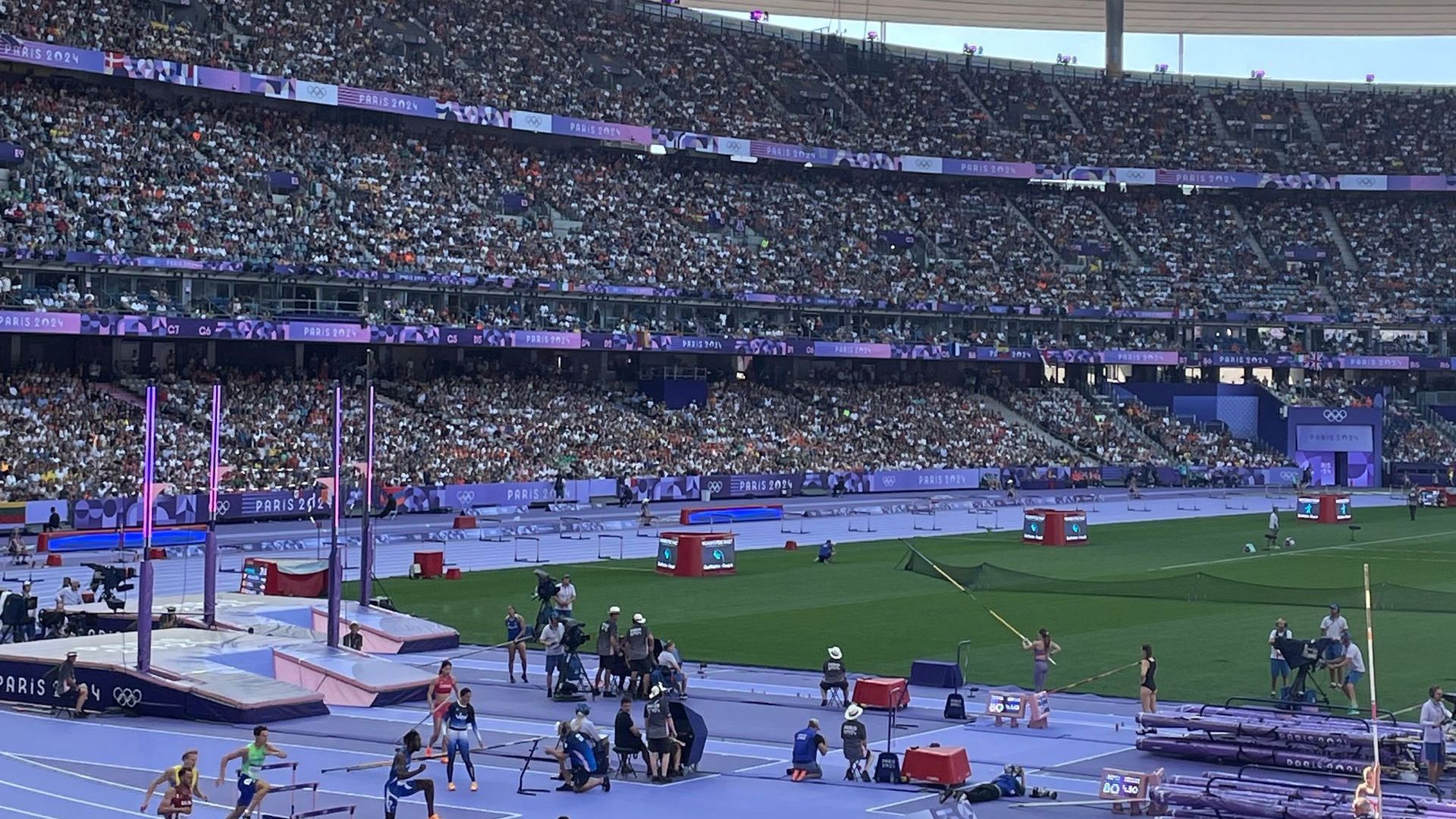
Advocacy that elevates the conversation
However, organisational leadership can only go so far without advocacy from the highest levels especially at senior operational level. Whilst sustainability and sustainable fan or audience travel may be seen as a ‘team effort’ it is vital that the team has a captain. Someone charged (and capable) with overseeing the development of a cohesive plan and is then central to the coordinating the delivery of that plan in conjunction with others across the organisation and indeed with external agencies too. Note the word ‘coordinating’. Leadership in this space does not mean being responsible for delivering or paying for delivery it simply means ensuring the issues get driven through, across all parties, and those involve feel supported in doing so.
Too often, worthy initiatives get siloed within environmental or operational departments, limiting their impact. For real change to happen, board level directors should champion the efforts of their “captain” as part of the organisation’s strategic priorities. Specifying robust business cases is a pre-requisite to avoid lip service being paid – irrespective of whether organisational budgets are required, or external investment is being sort.
Sustainable audience travel impacts brand reputation, financial performance, and long-term success, which makes it a board-level issue. When travel is part of the overall business strategy, it gains the attention and resources necessary to succeed. Board-level advocacy ensures that sustainable travel becomes integral to future plans and not just a side initiative.
Ambassadors to help inspire behaviour change
Beyond leadership and advocacy, ambassadors within the sector can play a crucial role in promoting sustainable travel. As exemplified at the recent WSA Conference, Kate Strong, a former World Champion Triathlete, and Hector Pardoe, a Team GB Olympian, ambassadors can come from within the sector concerned to inspire those that follow them. Leveraging on fan or audience affinity with their passion is key.
Ambassadors can also come from the ‘back office’, with CEO’s of organisations walking the walk where possible. These ambassadors can become the face of the activity, showing the community of the event or venue that it’s not just the responsible choice but the better choice.
Ambassadors can make sustainable travel feel personal and accessible, helping to influence real behaviour change. Whether promoting public transport, cycling, or car sharing, their reach extends far beyond traditional marketing campaigns, driving a stronger connection between sustainability and audience engagement.

How can In the Round’s STRIVE consultancy service help?
Through our STRIVE consultancy service and via the STRIVE Collective we support the sectors we are working with to develop sustainable spectator and audience travel plans that are built on a solid objective and vision-led foundation. We work tirelessly within the Client Group and with external stakeholders to ensure ownership of the approach from the outset. While we will always advocate for a single leader to coordinate delivery of the agreed plan our engaging approach to stakeholder management ensures that all those involved in delivery are fully bought in.
As, afterall, “The whole is greater than the sum of its parts”. Thank you Mr Aristotle!
If you'd like to find out more please come as say hello@intheround.global.

